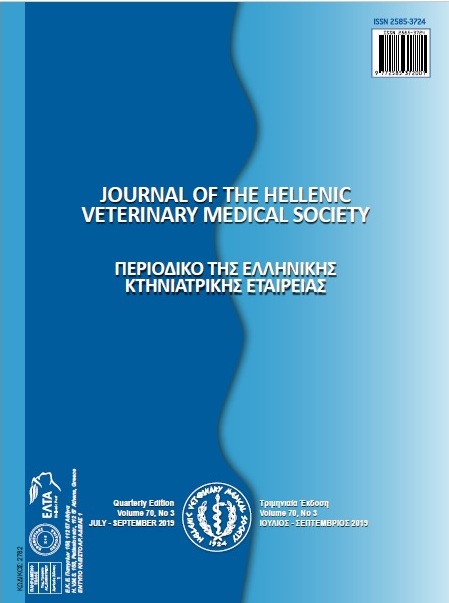Effects of diet consistency on mandibular growth. A review
Abstract
This article is a review that focuses on the diet consistency and how this affects mandibular morphology. Various published studies focused on the relationship between mastication and growth of the mandible because it is considered that mandibular growth is dependent on the loads exerted by the function of the masticatory muscles. Moreover it has been pointed out that the increase of orthodontic anomalies is due to the modern softer diet. Even in rats, soft diet is one of the factors causing malocclusions. All of the studies have been experimental, mainly in rodents, since this research is impossible to be applied on humans in a short period of time. Most experimental studies suggested that occlusal loading affects bone mass, bone amount, bone density, the length and the width of the bone, the degree of mineralization, the genetic expression, the collagen immunoreaction and the chondrocytes action on the cartilage. It is stated that bone volumes and thickness of the mandible of rats fed with soft diet were smaller when compared to animals fed with hard diet. Also the mandibles and condyles were smaller and less dense in the rats of soft diet as compared to controls. Furthermore the length and the width of the condyle in the soft diet group of animals were smaller as compared to the condyle of the hard diet group of animals. Soft diets affect also the degree of mineralization, and the action of the chondrocytes on the cartilage.
Article Details
- How to Cite
-
TSOLAKIS, I., VERIKOKOS, C., PERREA, D., BITSANIS, E., & TSOLAKIS, A. (2019). Effects of diet consistency on mandibular growth. A review. Journal of the Hellenic Veterinary Medical Society, 70(3), 1603–1610. https://doi.org/10.12681/jhvms.21782
- Issue
- Vol. 70 No. 3 (2019)
- Section
- Review Articles

This work is licensed under a Creative Commons Attribution-NonCommercial 4.0 International License.
Authors who publish with this journal agree to the following terms:
· Authors retain copyright and grant the journal right of first publication with the work simultaneously licensed under a Creative Commons Attribution Non-Commercial License that allows others to share the work with an acknowledgement of the work's authorship and initial publication in this journal.
· Authors are able to enter into separate, additional contractual arrangements for the non-exclusive distribution of the journal's published version of the work (e.g. post it to an institutional repository or publish it in a book), with an acknowledgement of its initial publication in this journal.
· Authors are permitted and encouraged to post their work online (preferably in institutional repositories or on their website) prior to and during the submission process, as it can lead to productive exchanges, as well as earlier and greater citation of published work.



